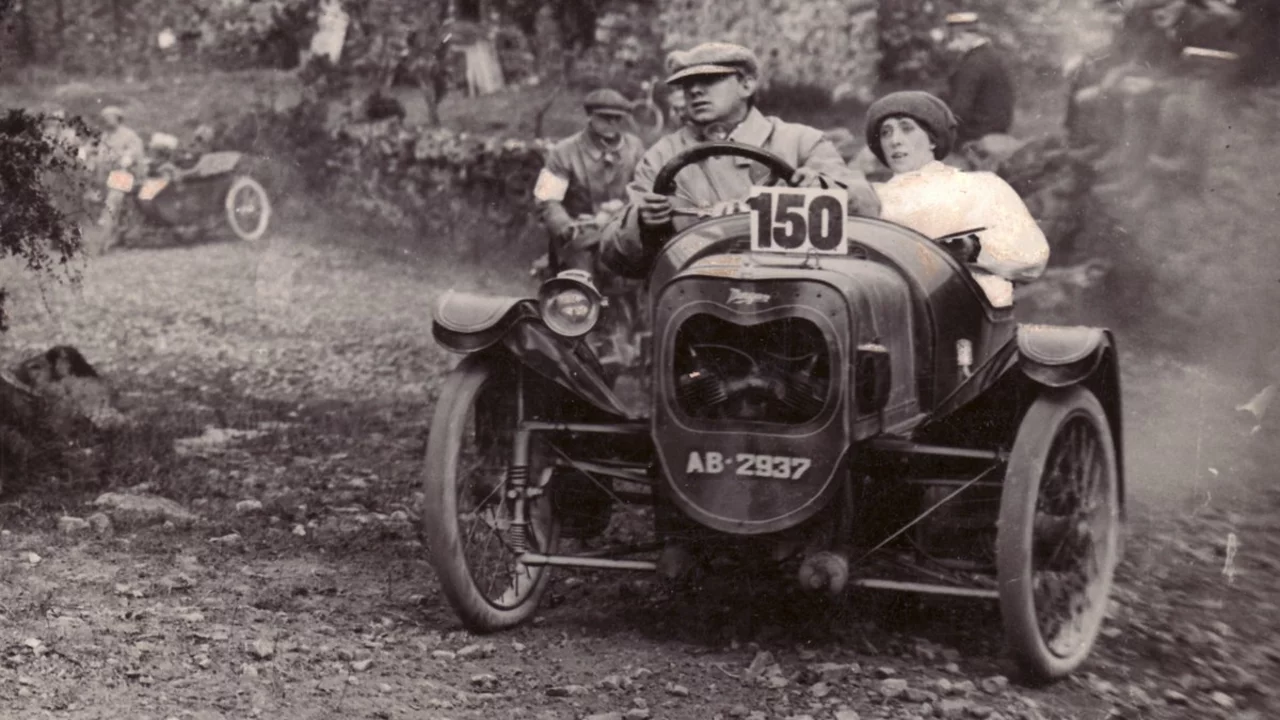Just how dangerous was auto racing during the early 1900s?
 Jul, 18 2023
Jul, 18 2023
The Dawn of Auto Racing
The early 1900s marked the dawn of auto racing, a sport that would later become a global phenomenon. During this period, the automobile was still a relatively new invention, and the concept of racing these machines was still in its infancy. The first auto races were nothing like the well-organized, highly regulated events we see today. Instead, they were often reckless, unpredictable affairs, with drivers pushing their primitive vehicles to the limit in pursuit of victory. Safety was often an afterthought, if it was considered at all.
The Lack of Safety Measures
One of the most glaring issues with early auto racing was the lack of safety measures. In the early 1900s, there were no seat belts, no helmets, no fire-resistant suits, and no safety barriers. Drivers were often thrown from their vehicles during crashes, and fires were common. The cars themselves were also a danger, as they were often poorly built and prone to mechanical failures. Despite these risks, drivers and spectators alike were drawn to the thrill of the race.
Deadly Race Events
Some of the most famous races of the early 1900s were also some of the most dangerous. The Paris-Madrid race of 1903, for example, was so deadly that it was halted mid-way due to the number of fatalities. The Vanderbilt Cup, one of the first major races in the United States, was also known for its high death toll. Despite the dangers, these races drew huge crowds, and the drivers who survived became celebrities.
The Toll on Drivers
While it's difficult to find accurate statistics on the number of drivers who died in the early days of auto racing, it's clear that the toll was significant. Many drivers were killed in crashes and other accidents, while others were seriously injured. Even those who survived often faced long-term health issues as a result of their racing careers, including chronic pain, hearing loss, and even mental health problems.
Changes in the Sport
Despite the obvious dangers, it took decades for meaningful safety reforms to be implemented in auto racing. The first major changes came in the 1950s, when seat belts and roll bars became standard equipment. Later, fire-resistant suits, helmets, and other safety gear were introduced. Today, auto racing is much safer than it was in the early 1900s, but it's still a dangerous sport that requires skill, courage, and a willingness to take risks.
Remembering the Early Days
While we should never forget the dangers and sacrifices of the early days of auto racing, we should also remember the thrill and excitement that drew people to the sport in the first place. The daring drivers of the early 1900s were true pioneers, pushing the boundaries of what was possible and helping to shape the sport we know today. Their courage and determination, despite the risks, is a testament to the human spirit and a reminder of the enduring appeal of auto racing.